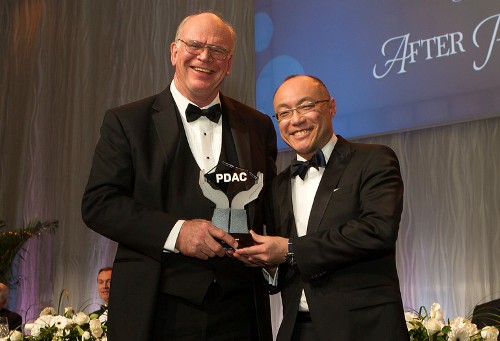TORONTO/VANCOUVER – China’s Shandong Gold Mining Co Ltd (600547.SS) is in advanced talks to buy a 50 percent stake in Barrick Gold Corp’s (ABX.TO) (ABX.N) Veladero gold mine in Argentina, people familiar with the process told Reuters even as the Canadian miner grappled with a pipe rupture at the site.
Barrick is no longer in discussions with China’s Zijin Mining Group Co Ltd (601899.SS) about the Veladero mine stake sale, the sources said. A sale could fetch more than $1 billion, they added.
Veladero, one of Barrick’s five core mines, was the site of a pipe rupture last week – the third incident in 18 months at the mine involving cyanide-bearing solution. In the wake of the incident, the government of Argentina’s San Juan province, where Veladero is located, said on Wednesday it has rejected a work plan presented by Barrick.
























